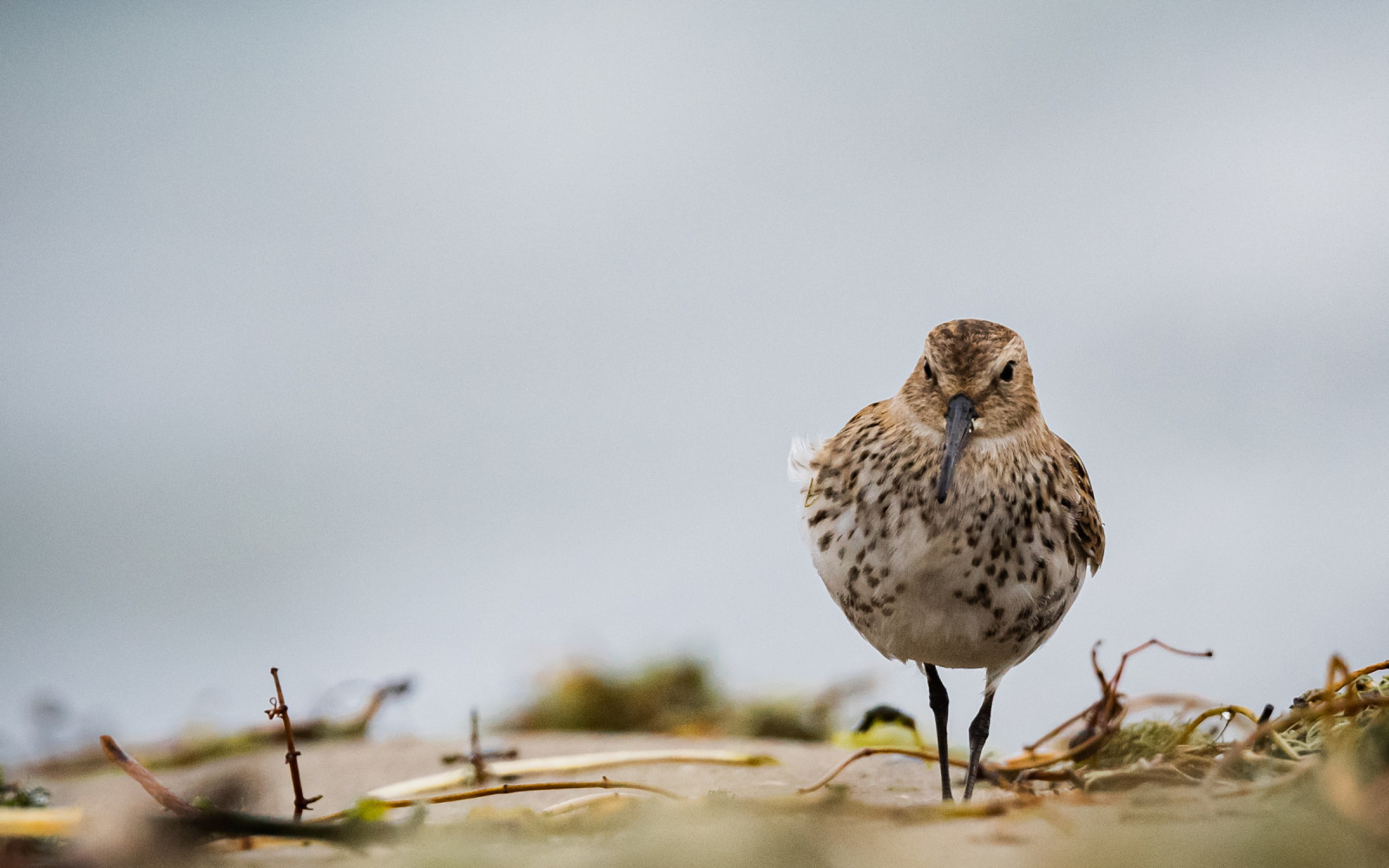Description
The Excenevex beach (1) is one of the few larger sandy beaches of the Lake Geneva and therefore of special interest for waders, shorebirds, and waterfowl, especially from the end of August through to mid-May.
The most common wader is Fugaci de țărm, but Fluierar de mlaștină, Fluierar negru, Prundăraș gulerat mic, Prundăraș gulerat mare, Fluierar de munte, Fluierar cu picioare verzi, Fluierar cu picioare roșii, Fugaci mic, and also rarer waders like Fugaci mare, Ploier argintiu, Nisipar, Prundăraș de sărătură, Sitar de mal, and especially Pietruș are sometimes observed. The best chances for most waders are in April and May, whereas the Fugaci de țărm is most abundant in September-October, and the Pietruș is most likely to be observed during winter. The beach is freely accessible, and as some of the waders are not shy - especially the first-years in autumn - and approach patient observers on their own, excellent observations can be made.
The beach also offers a good opportunity to search a big part of the lake with a scope. The Chiră de baltă is present from late April to September. Pescăruș cu cap negru, Pescăraș albastru, and Călifar alb, which are present year-round, can be seen. In April and May, chances are best for observing Pescăruș negricios and, with luck, Chiră de mare and Pescăriță mare. From late summer to autumn, rare guests like Notatiță cu cioc lat, Lup de mare mic, Lup de mare codat, and Lup de mare can be seen with a scope and lots of luck.
From autumn to winter, interesting waterfowl stays in the bay, like Rață sulițar, Rață fluierătoare, Rață sunătoare, Rață lingurar, and - again, with luck - Rață cu cap negru, Ferestraș moțat, Rață neagră , Rață catifelată, Cufundar polar, Cufundar mic, Cufundar mare, and Corcodel cu gât roșu. Especially the divers are present through to April.
You might also come across a Codalb, but most likely it will have been raised in captivity: The station of the reintroduction programme „Les Aigles du Leman“ is situated close by.
Near the beach, in Sciez, a small wetland can be visited (2). It is most interesting during spring migration. Cârstel de baltă, Privighetoare roșcată, Sfrâncioc roșiatic, Grangur, Turturică, and Ciocănitoare neagră are breeding here, Becațină comună, Fâsă de luncă, and Erete vânăt are sometimes present in winter.
Rarities found at the Excenevex beach include Pescăruș cu trei degete, Pescăruș rozalb, Muscar gulerat, Pescăriță râzătoare, Pescăruș negru, one Lup de mare atlantic in 1999 and even one Corb de mare in 2003.
Details
Access
Excenevex beach is located on the south bank of Lake Geneva. There is a public parking close by the beach (click on the P in the map). Public transport is unfortunately scarce. There is a hourly bus connecting Yvoire and Thonon that stops close by; leave at La Pinède.
The paths are easily accessible, and the beach is usually empty in the winter, spring and late autumn, except for a few dogwalkers.
Terrain and Habitat
Lake , Beach , Scattered trees and bushes , WetlandConditions
Flat , SandyCircular trail
NoIs a telescope useful?
YesGood birding season
Spring , Autumn , WinterBest time to visit
Spring migration , Autumn migrationRoute
Wide pathDifficulty walking trail
EasyAccessible by
Foot , BicycleBirdwatching hide / platform
NoExtra info
If possible, choose a day that is not too windy, as it can be difficult to search the waters of the lake when there are many waves.
Links
- Excellent description (in French) by Bastien Guibert
- E-Bird Barchart for (1)
- E-Bird Barchart for (2)
- Description of (2) (in French)

